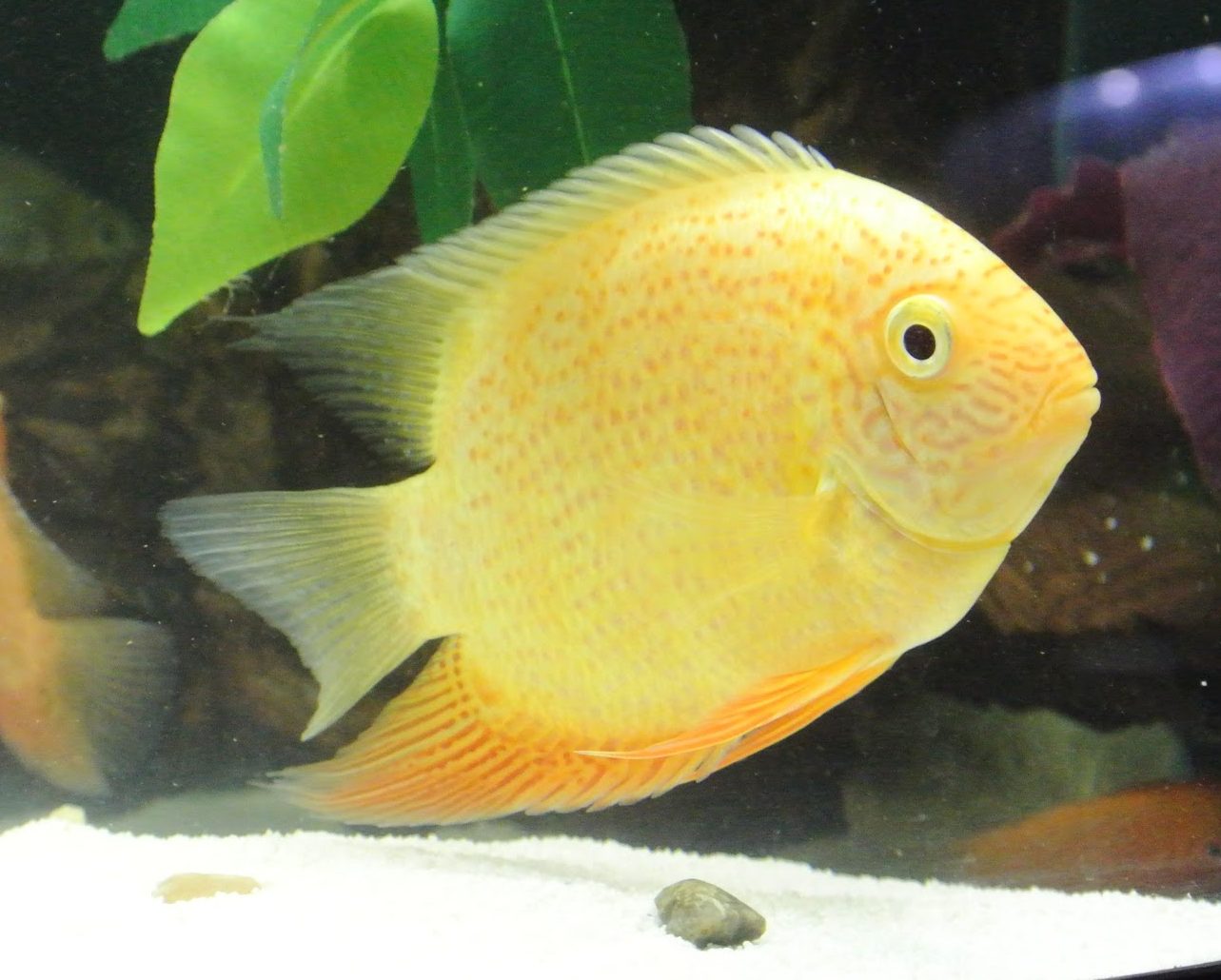

Video can’t be loaded because JavaScript is disabled: African Cichlids: Update on my Venustus and Polleni () Feeding This further depends on the bioload of the tank as the ideal level of water change is 10-20% a week. The water needs to be changed every week. Tank care is crucial for the Venustus cichlid. It is to be noted that the Venustus cichlid requires slightly alkaline water, ideally at pH level 8. However, it requires water movements along with a strong water filtration system. This fish does reasonably well in both freshwater and brackish waters. Therefore, for tanks containing more than one male Venustus cichlid, the ideal size recommended is 150 gallons or more.

The Venustus cichlid is considered to be a peaceful species, but it does tend towards being very aggressive occasionally.Īlthough it can coexist with other like-minded species, it is advised to keep the tank large as the males become aggressive with their kinds during spawning in cramped tanks. If plants are being put in the tank, they should be tied down to rocks or driftwood or else they would just be floating about due to the fine sand substrate.ĭue to the size of the Venustus cichlid, the tank requires mechanized and chemical filtration systems to maintain a healthy habitat for the fish. The tanks should have a fine sand substrate with natural caves, pipes, shelters, and rocks. This fish should be ideally kept in large water tanks which can hold 75 gallons of water or more as, like most African cichlids, the Venustus cichlid also prefers swimming in large areas rather than confined spaces. The juvenile Venustus cichlids are present in the shallower regions near rocks. The adult Venustus cichlids are mainly found at depths of 49-65 feet around sandy substrate areas. The only possible reason for this points to trawl fishing that is carried out in the area around the southern region of Lake Malawi.

This species of fish is listed as Least Concern (LC) in the IUCN Red List.Īlthough there are not many threats that have been recognized by marine experts in the area, the Venustus cichlids have experienced a decline in their population. The Venustus cichlids are mainly endemic to Lake Malombe and Lake Malawi. The feature is also present in other saltwater damselfish, which relates them to the cichlids. This sample is then released back out after the fish has understood the smell of the water. To smell the odor of the water, this fish sucks the water in and samples it. The fin of the Venustus cichlid is designed for smooth and precise movements rather than fast swimming.Ī unique feature of the Venustus cichlids is that they have a single set of nostrils rather than the two which is in all the other fish types. Venustus cichlids have spiny rayon parts of their pelvic fin, anal, pectoral and dorsal regions of the body, which helps them discourage and evade predators. Like some saltwater fish like the parrotfish and wrasses, all cichlids have a common feature, which is another set of pharyngeal teeth in the throat along with their regular set of teeth. The juveniles have a similar appearance to the females, except that the background is much lighter which gives an almost silver-white appearance. The females have a yellow anal fin around the bottom half and a tail fin that is clear around the top. The brown patterns go along with a tan stripe that goes all the way from the top of the dorsal to the nose. The brown patterns over the body of the Venustus cichlid have given it the name of giraffe cichlid or simply the giraffe hap. The male develops a blue face and head around a solid gold body as it grows. They have a yellow body with patches of brown over them. The Venustus cichlids have a large mouth and an elongated body. When kept in an aquarium, this size is recorded to be even larger. Venustus cichlids have a lifespan of a maximum of ten years under proper care and grow to a height of up to 25 cm or ten inches. With the rise in commercial breeding of the Venustus cichlid, the breed is easily available, although it is quite hard to find the fish in the wild. It is commonly kept in larger tanks and is a cichlid lover’s favorite. It is high in demand by hobbyist aquarium keepers because of its unique color patterns and its interesting behavior. It is a large fish, which can grow up to the size of 11 inches inside an aquarium. Venustus Cichlid (Nimbochromis venustus) also known as Giraffe Cichlid is a popular aquarium cichlid species.


 0 kommentar(er)
0 kommentar(er)
